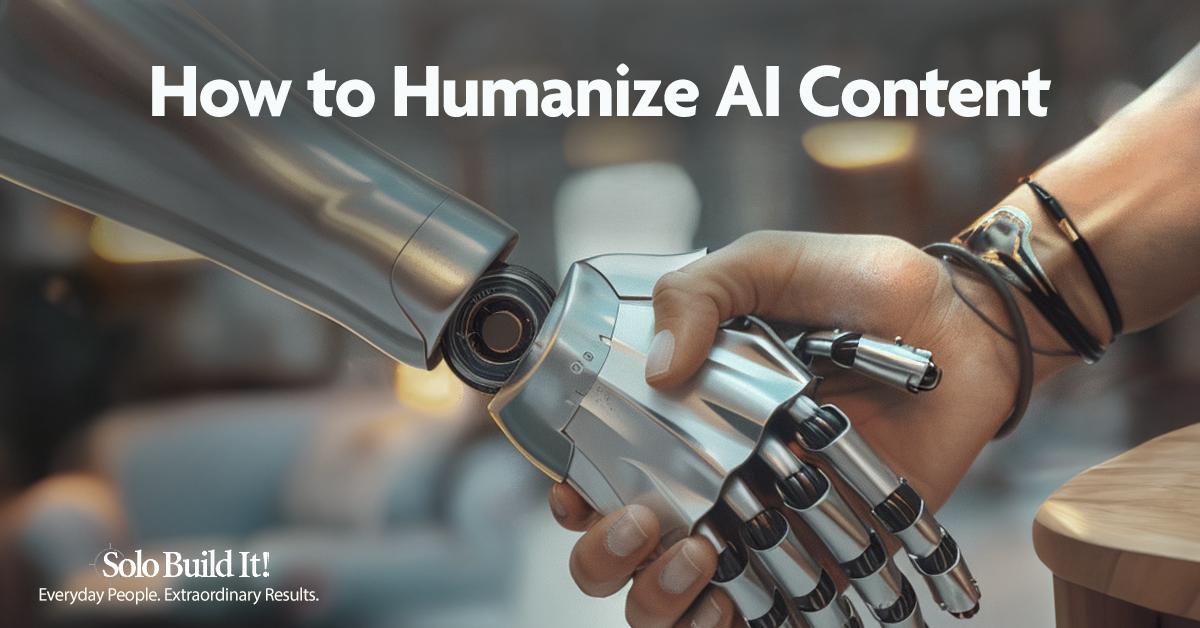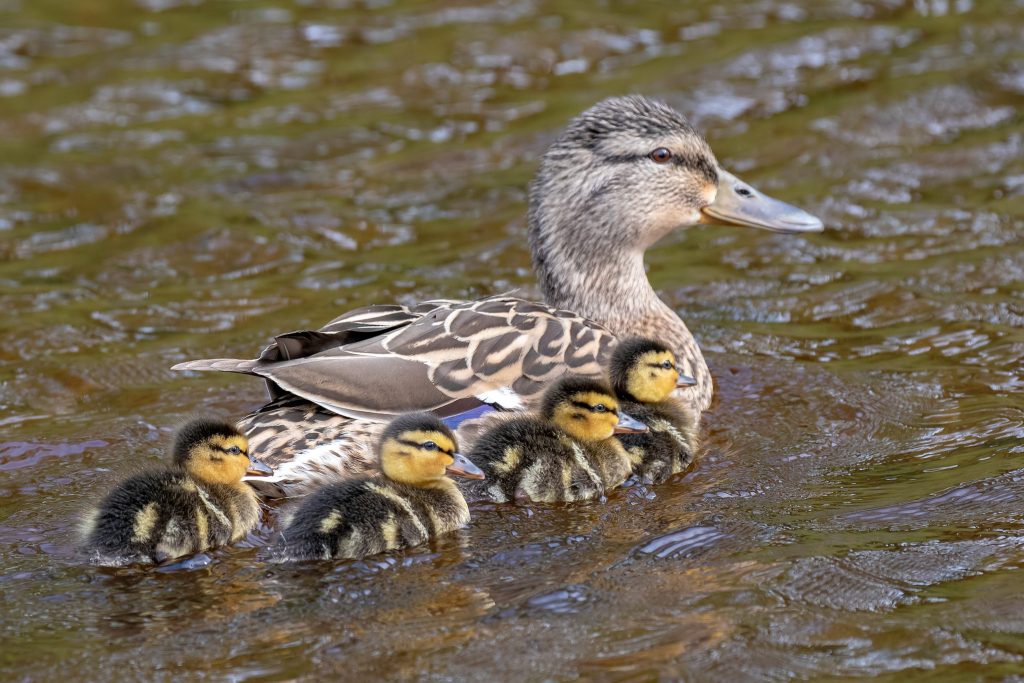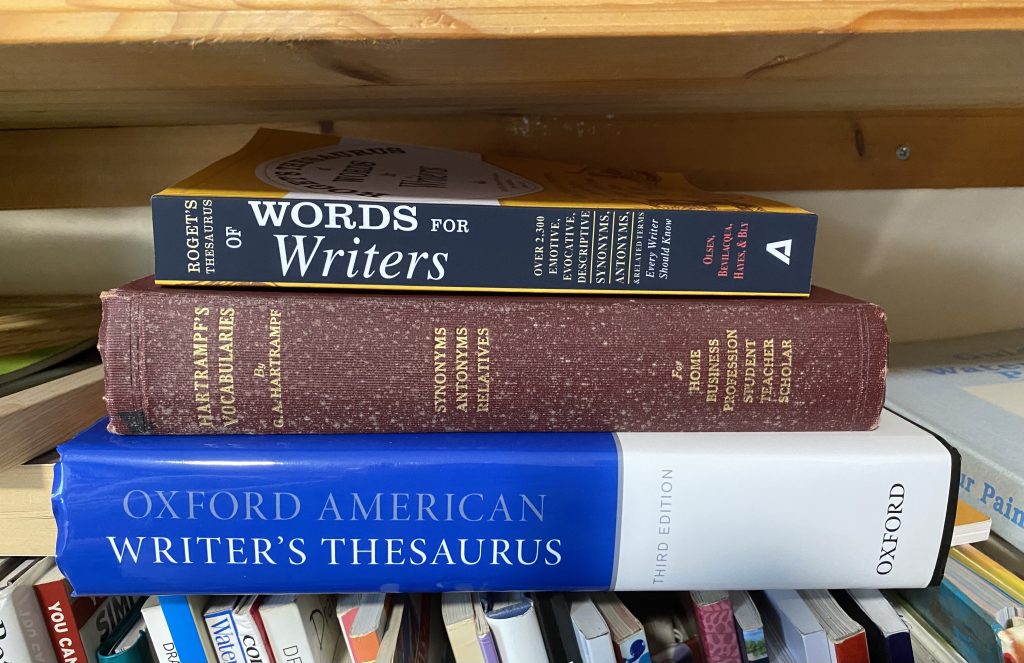As content creators, we’ve all dreamed of crafting content that speaks directly to our audience’s hearts. We want our words to resonate, to evoke emotions, and to build a connection with our readers.
But, let’s be honest, creating such content can be a labor-intensive process. That’s why many of us have turned to AI-generated content to speed up our workflow.
However, we’ve all experienced the harsh reality: AI-generated content often falls flat, lacking the human touch that makes words truly resonate.
The Reality of AI-Generated Content
As AI becomes more sophisticated, it’s getting harder to distinguish AI content from human-written work. But, there are telltale signs that can give away the machine-generated nature of the content.
Have you ever come across an article or blog post that:
- Repeats uncommon words and phrases?
- Has an overly formal or academic tone?
- Lacks detailed information or specific examples?
- Leaves you with a subtle sense that something feels “off”?
These signs can be a major turnoff for readers, leading them to lose trust in and disengage from your content.
So, how can we bridge the gap between the efficiency of AI-generated content and the human touch that our audience craves?
The Secret Weapon: Editing
The answer lies in editing. Yes, you read that right — editing.
It’s the secret weapon that transforms AI-generated content into engaging, accurate, and tailored pieces that resonate with your audience.
There are three types of editing that can help you achieve this:
- Structural editing: The first step in the editing process, structural editing refines the overall structure of your content, ensuring that it flows logically and effectively.
- Copy editing: This type of editing reviews word choice for effectiveness, ensuring that your content is clear, concise, and engaging.
- Proofreading: The last step in the editing process, proofreading involves checking grammar, spelling and punctuation to ensure error-free content.
Editing poses a challenge — it’s also labor-intensive, and it requires specific skills. Hiring a fully trained editor can be costly. What’s the solution?
Collaborative Editing: The Best of Both Worlds
The answer lies in collaborative editing. AI generates content, while a human refines, polishes, and adds a personal touch. This process offers several benefits:
Efficiency: AI quickly generates drafts, saving you time and effort.
Improved quality: A human ensures that the content is engaging, accurate, and tailored to your audience.
Cost-effective: Collaborative editing is more affordable than hiring a professional editor.
Can AI Edit Itself?
While AI can’t replace human editors entirely, it can help with the editing process.
For instance, AI can check its own work when prompted to review text for redundancy. Here’s the prompt I use for this purpose…
[paste content here]
Revise the above article or passage to remove redundancy and enhance clarity based on the following guidelines:
– Redundancy Location: Mention specific sentences or phrases where you notice redundancy.
– Issue Description: Briefly describe the redundancy issue for clarity.
– Suggestion: Provide a possible rephrased version or a hint for removing the redundancy.
Your task is to analyze the provided text, identify redundancies, and suggest a more concise version of the complete text that still retains the original meaning. Focus on improving the flow of text and avoiding repetition. Aim for a revision that is clear and to the point, maintaining the essence of the original message while still being engaging to read.
Complete the process by rewriting the original in its finished form. Add paragraph breaks where required to make the content read well.
Here’s an example of the output:
Before: In the diverse tapestry of the UK’s inland water bodies, from serene lakes to meandering rivers, there thrives a fascinating variety of ducks, each with its own unique charm and characteristics. Let’s embark on an exploration of these wonderful feathered friends and discover what makes each one so special!
Review and suggestions: After analyzing the original text, I’ve identified a redundancy issue:
Redundancy Location: “each with its own unique charm and characteristics” and “what makes each one so special”
Issue Description: The phrases are redundant as they convey the same idea, which is that each duck has distinct qualities that make it special.
Suggestion: Remove or rephrase one of the phrases to avoid repetition.
After: In the diverse tapestry of the UK’s inland water bodies, from serene lakes to meandering rivers, a fascinating variety of ducks thrive. Let’s embark on an exploration of these wonderful feathered friends and discover their unique charms.
You wouldn’t use that content if you were writing about ducks, would you? It still sounds unnatural.
What’s really being said is…
The UK’s lakes and rivers host a variety of ducks. Let’s discover what makes each species different.
Those two sentences used 17 words compared to the original 49!
You might prefer something in between…
Ever wondered about the diverse ducks that call the lakes and rivers of the UK home? Let’s explore the different species, uncovering their unique features and characteristics. (27 words)
Overused AI Words and Phrases
I’ve flagged the AI giveaways in bold below, words that scream “AI” to anyone who knows what to look for.
In the diverse tapestry of the UK’s inland water bodies, from serene lakes to meandering rivers, a fascinating variety of ducks thrive. Let’s embark on an exploration of these wonderful feathered friends and discover their unique charms.
When did you last include “tapestry” or “embark” in a conversation? Unless, of course, you work with textiles or ships?
It looks like we still have work to do.
The Forum Post
I sparked a lively debate in the Solo Build It! forums by tackling this topic, and it resonated with many.
The comments revealed that this issue transcends industries, with different fields using distinct phrases. In travel, for example, AI often employs phrases like…
- serene beach peninsula
- stunning landscapes
- natural beauty
- picturesque scenes
- rich history
- diverse natural habitat
- breath-taking ocean vistas
- unmatched solitude
- haven
- enchanting
- mesmerize
- vibrant
Another responder added to the list…
- that tropical oasis
- they can thrive
- a delightful addition
- a great addition
- add a tropical feel
- So, are you ready to transform
- my friend
- fear not
- warrior
Removing Overused Words
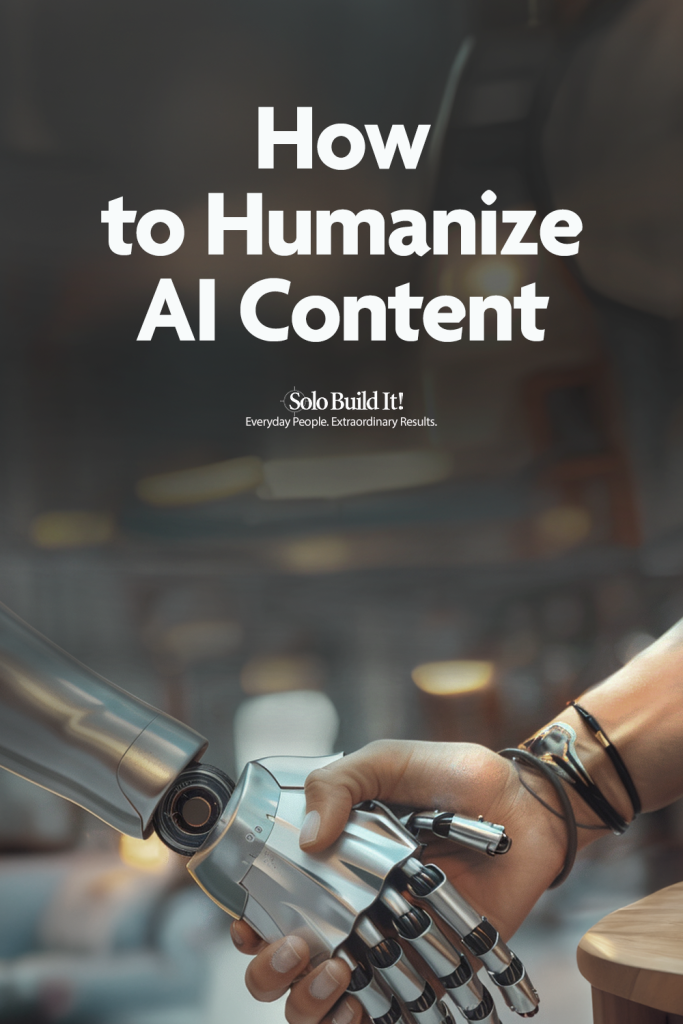
By instructing the AI to avoid certain words, you might inadvertently encourage it to use them more frequently.
So how can we limit the use of words we don’t want?
I devised the following prompt…
Initial Content: [paste your content here]
Unwanted Words: testament to, embrace, transformative, delve, master the art, dive into, in conclusion, vibrant, verdant, unleash, transcend, thrilling, ethereal, tapestry, next level, game-changing, game-changer, fear not, elevate, truly, unique, weave, array, diverse, amidst, symphony, whimsical, mesmerizing, embark, harmony, symphony, captivating,
Process:
- Check the first sentence in the content for any unwanted words listed.
- If you detect unwanted words, rewrite the sentence without the unwanted words.
- Repeat the check and rewrite process until there are no unwanted words in the sentence.
- Move on to the next sentence and repeat.
- Output the final revised passage.
Rewrite the initial content:
I ran it with our paragraph from earlier:
In the diverse tapestry of the UK’s inland water bodies, from serene lakes to meandering rivers, a fascinating variety of ducks thrive. Let’s embark on an exploration of these wonderful feathered friends and discover their unique charms.
The result came back as:
In the UK’s inland water bodies, from lakes to rivers, a variety of ducks live. Let’s explore these feathered friends and learn about their charms.
I call that a success! No more “tapestry” or “embark” and a more streamlined (sorry, I couldn’t resist) version of our paragraph to boot.
I tested the prompt with more AI-generated text to rule out a one-off result.
With a selection of coloured pencils in hand, I embarked on a creative journey to bring a tree to life on my blank canvas. The soft whisper of the pencil danced across the paper, the vibrant green pigment blooming into leaves with each stroke. The strong, earthy brown formed the sturdy trunk, grounding the tree in an imagined reality. Each line and shade breathed life into the tree, transforming the once empty canvas into a vibrant, verdant spectacle.
After running the prompt the result came back as:
With a selection of coloured pencils in hand, I began a creative journey to bring a tree to life on my blank canvas. The soft whisper of the pencil danced across the paper, the green pigment blooming into leaves with each stroke. The strong, earthy brown formed the sturdy trunk, grounding the tree in an imagined reality. Each line and shade gave life to the tree, changing the once empty canvas into a lush spectacle.
The words from the no-no list were removed, although the language isn’t “me.” The piece would still need human editing. I would personally write something like…
I picked up some colored pencils and started drawing a tree. I gently moved the pencil across the paper, and the green strokes turned into leaves. I used a dark, earthy brown for the trunk. Every line and shade I added brought the tree to life, turning the empty paper into a woodland scene.
I’ve found that AI isn’t perfect — it occasionally lets a word slip through. Still, I think you’ll find this helpful.
Blending AI and the Human Touch
I’ll leave you with the following thoughts.
-
- Partner with AI to craft content that resonates with your readers.
- Edit the output and rephrase it in your own words, stripping away any language that screams “AI-generated.”
- Strike a balance between AI’s efficiency and your unique voice and style to craft compelling content.
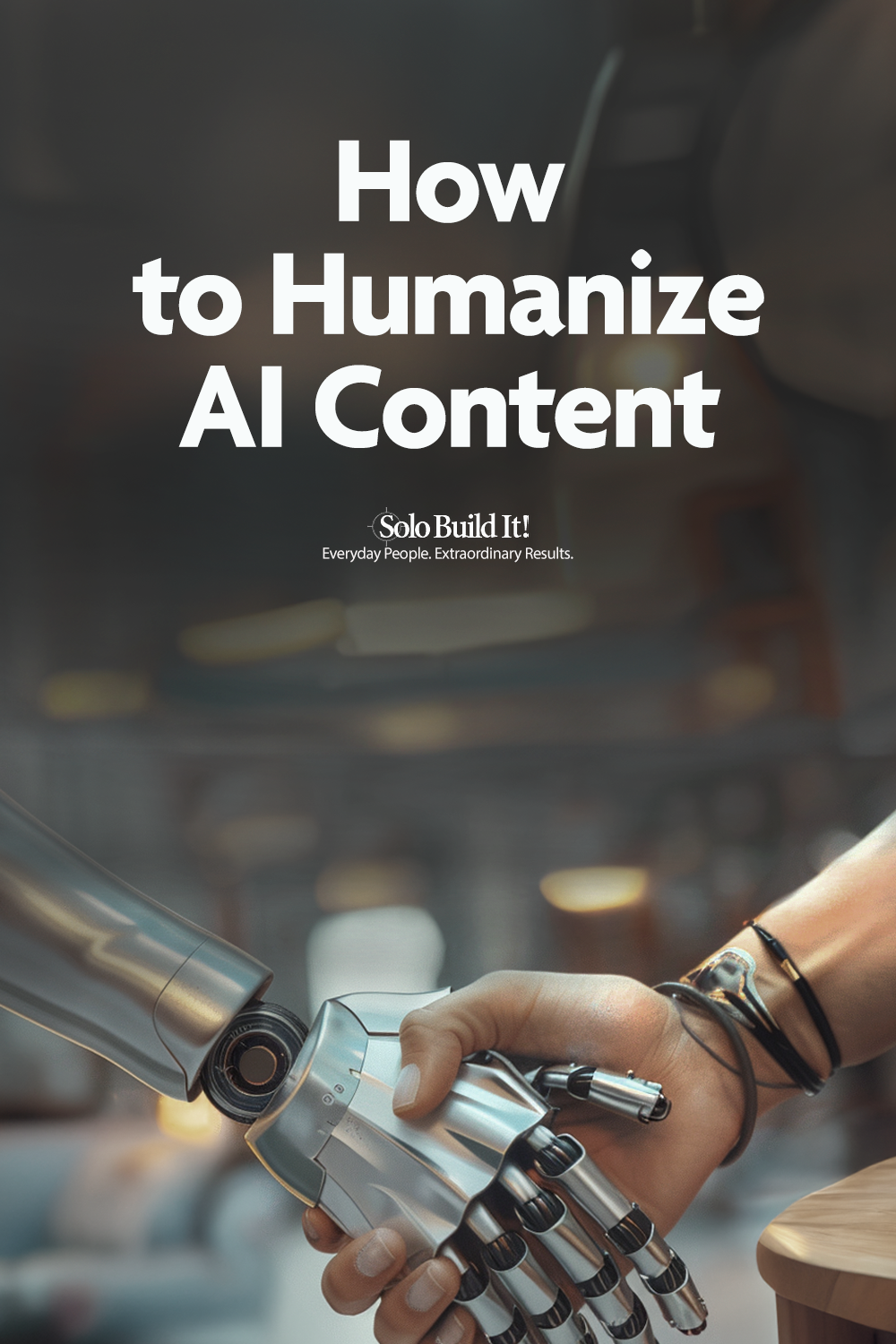
Carol Leather
Latest posts by Carol Leather (see all)
- The TALKING Method: A Dog Lover’s Guide to Website Monetization - June 19, 2025
- How Do I Plan a Successful Website Before Building It? - December 5, 2024
- 7 Lessons Pet Ownership Can Teach You About Business - June 20, 2024


